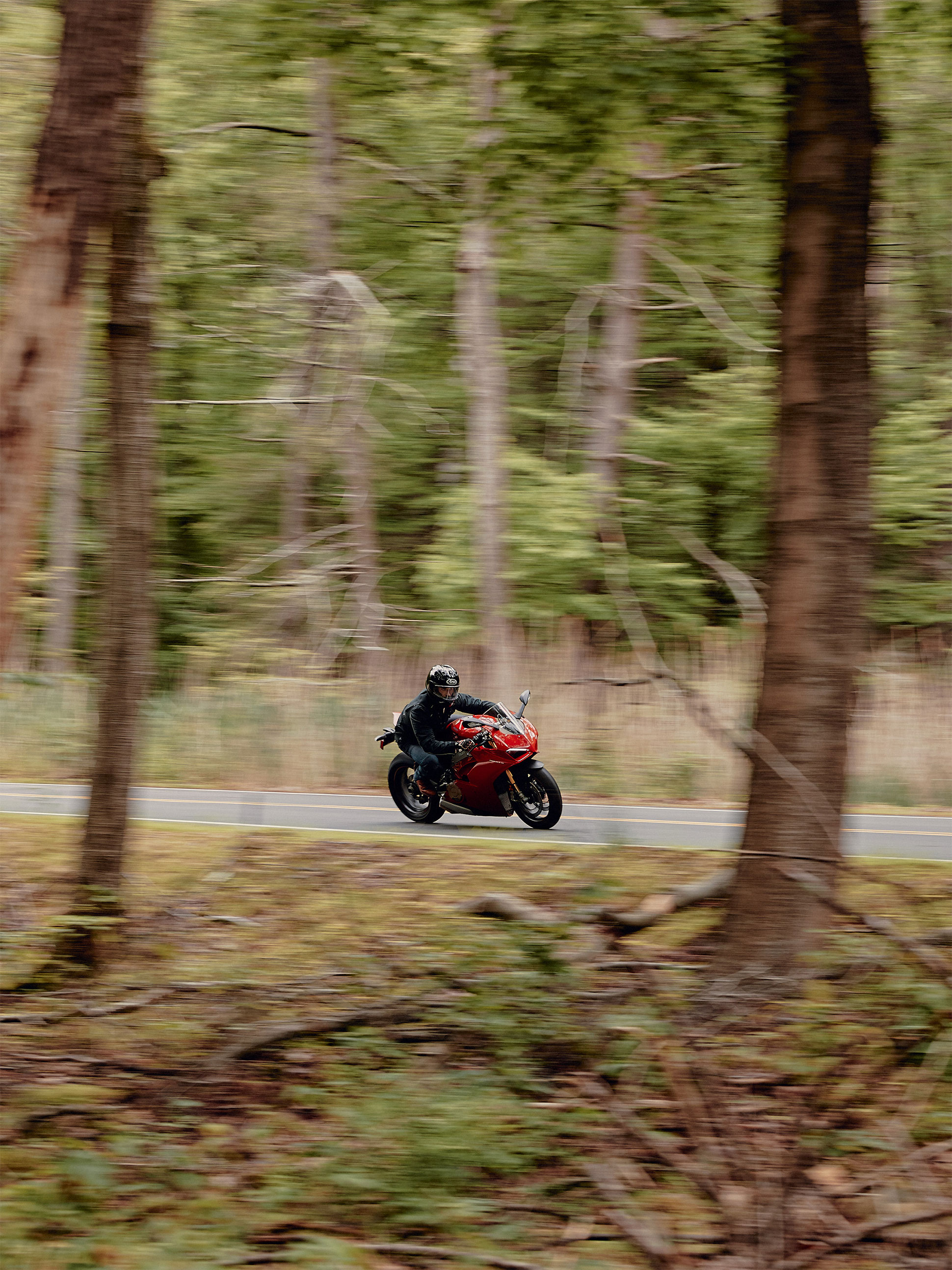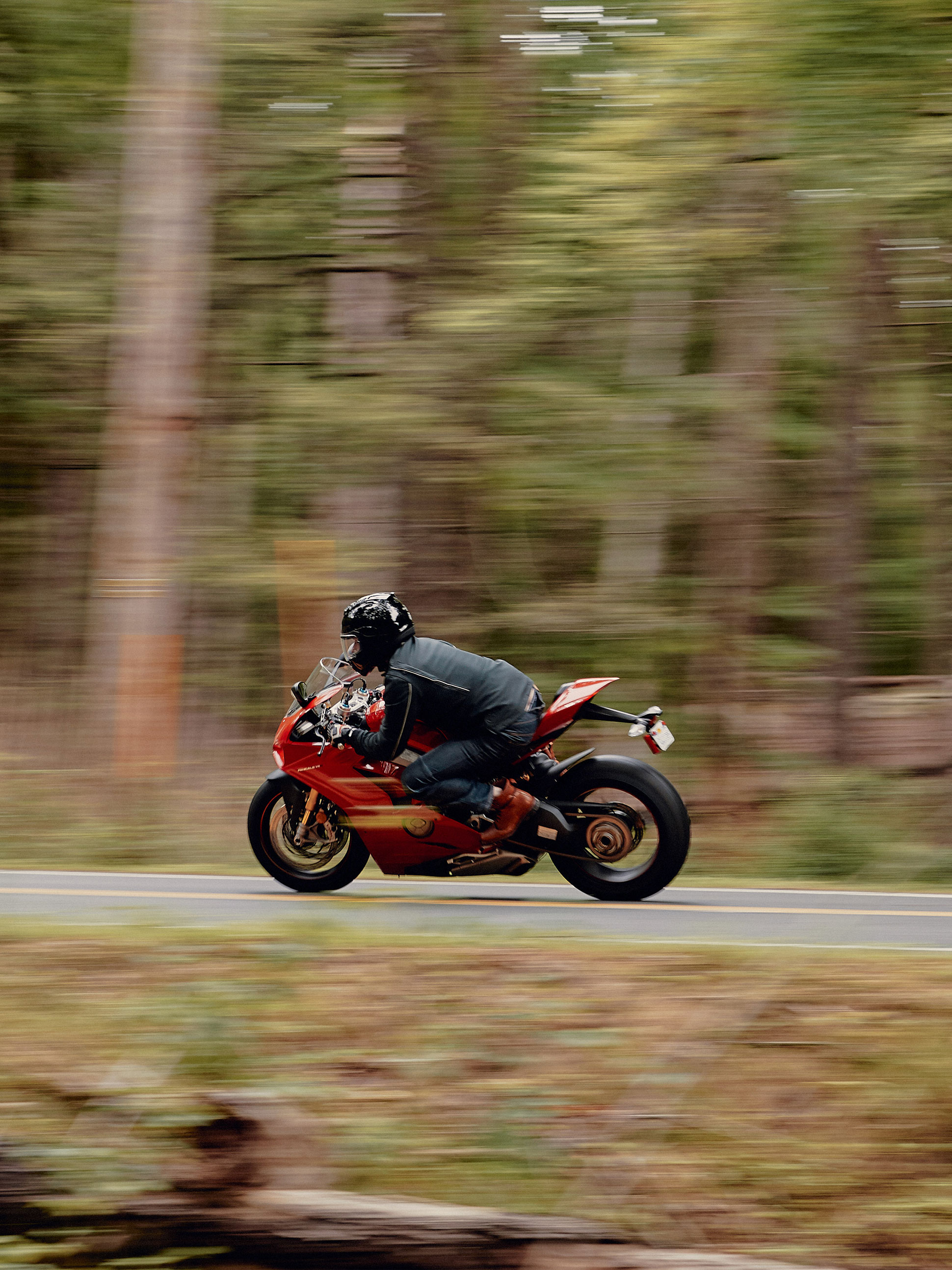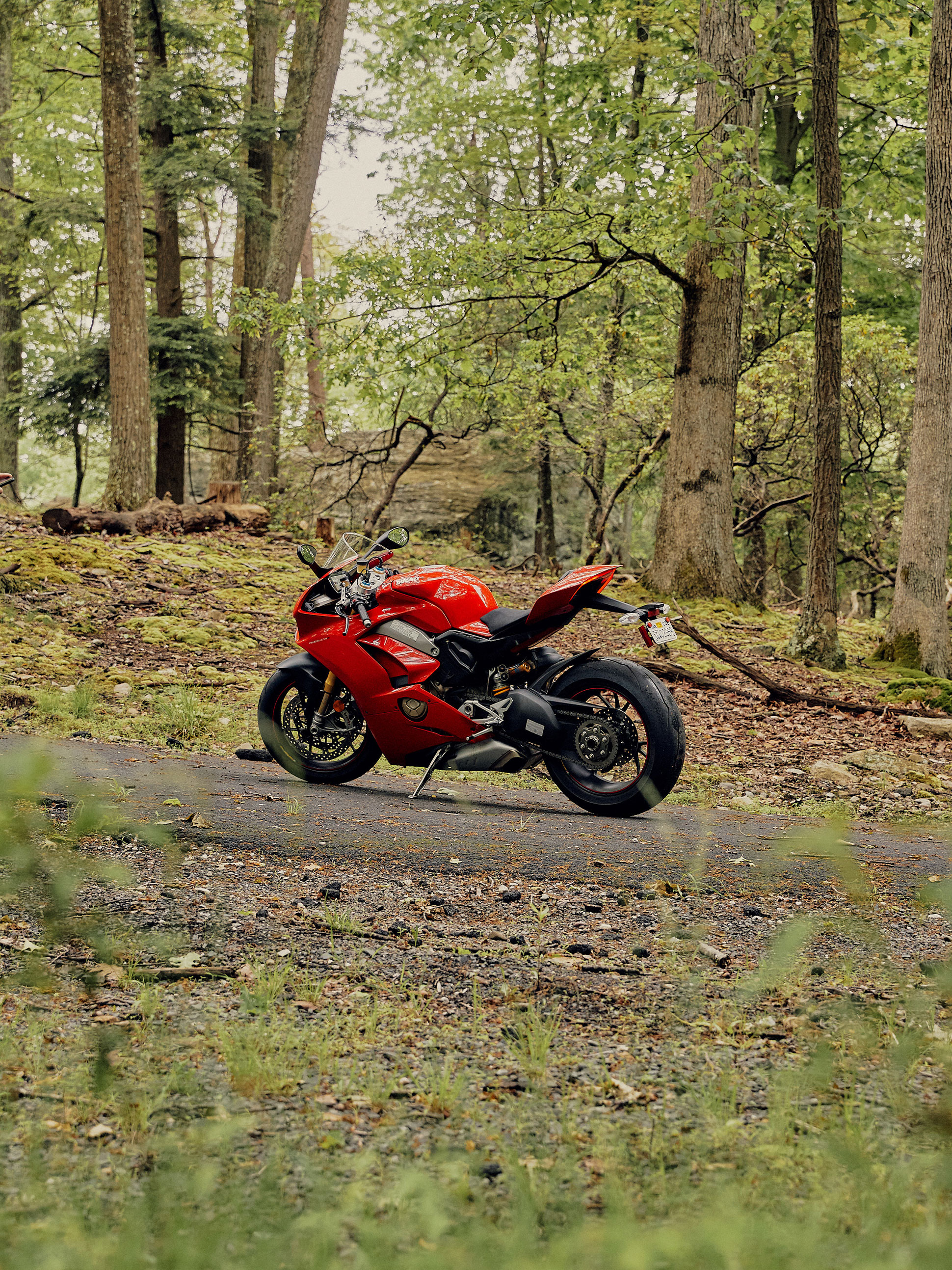In the late Nineties and early Aughts, superbikes dominated the headlines. They were the hook and line which reeled in customers, bringing them into showrooms. Times change, though; by the end of 21st Century’s first decade, the plastic fairing-clad speed machines were still every manufacturer’s test bed for engineering, but a steady decline in sales was indicative of their flagging popularity.
In 2009, I bought a brand-new 2008 Kawasaki ZX-10R for $10,000 to use as a daily motorcycle. Granted, by modern standards, it seems outdated; it didn’t have the ABS, complex traction control systems or the handful of riding modes today’s liter bikes come laden with. (That said, don’t hold your breath waiting for a superbike to come with that sort of price tag in 2019.) But it was a simple machine that was civilized enough for daily use, with a relatively low cost of ownership. Although the high-strung overpowered flagships of today may look similar, they’re a different breed than the superbikes of 10 years ago.
Case in point: the the Ducati Panigale V4S, which costs as much as a family car and packs as much speed and technology as a supercar. Numbers aren’t everything, but have bikes like this engineered and priced themselves out of “cheap speed” contention — and thus relevance?

The Good: There’s no denying how much of an engineering marvel Ducati’s new 1,103-cc V4 is, and how well it translates all of its 214 horses into acceleration. Ducatis always had a decent amount of power, but with the amount of rattling, rumbling and high-end bellows they’re known for, it’s fair to say their bark didn’t match their bite. The V4S, if anything, turns that notion inside out.
Who It’s For: Despite a price flirting with the $30,000 mark, the V4S makes a better second bike in the stable than it does a first. The V4S is for the rider who wants the ultimate weekend canyon carver, or — skill level permitting — a track bike that’ll blow away the rest of the paddock.
Watch Out For: The 1,103-cc V4 pumps out a ton of heat on a regular basis; get stuck in traffic or a tunnel, and it goes nuclear. Not only will your inside thigh start to roast, but those high temperatures can also wreak havoc on the bike (and as such, your bank account).
And don’t think about offering rides. Where competitors at least offer optional passenger seats and pegs, the Ducati is a solo-only machine.
Last but not least, a $28,000 motorcycle should have a fuel gauge. With all the readouts and analytics math the Bosch TFT display can compute the rider, the fuel level isn’t one of them? If I’m paying nearly $30,000 for a motorcycle, I shouldn’t have to do odometer-versus-mpg guesstimates.
Alternatives:
• Honda CBR1000RR ($16,499)
• Yamaha YZF R1-M ($22,999)
• Aprilia RSV4 RF ($23,499)
Review: Manhattan rush hour traffic in June can break people, let alone the engines of motorcycles. The Ducati Panigale V4S’s tightly-packaged engine, with its exhaust wedged between the engine and the rear wheel, runs hot on a regular basis, it’ll cook your inside thigh should you get stuck in traffic–which I did almost every day for two weeks going back and forth from New Jersey to New York. My prior ZX-10R ownership led me to believe it’s possible to daily a superbike…or at least, it was 10 years ago. But today, with a bike like the V4S, does it — can it — still make sense to use a top-flight motorcycle as a daily?


On the first day, it was apparent the city is no place for the Panigale. It was narrow and balanced enough to scythe through traffic, and the riding position wasn’t so bad that my legs were cramping up after a full day in the saddle. But the on-off nature of the throttle at low RPM and the stress of constantly feathering the hydraulic clutch made stop-and-go traffic exhausting. Imagine a cheetah trying to stretch its legs in your living room — that’s what it’s like poking through urban streets on this bike.
The electronics suite on the V4S that lets you tailor the bike’s attitude is a cutting edge system from Bosch; engine mapping, engine braking, suspension stiffness, wheelie control, ABS and traction control are all customizable with multiple levels of aggressiveness. But even with everything dialed down to its tamest, it’s still not enough to hide the fact that there’s so much more on tap than a daily commute allows.
A weekend ride up to the mountains, then, was what I needed rto try and put the Panigale in its element. Before getting on the highway, I dialed back the electronic restrictions to free up more of the engine’s capability; it took a few tries to get to the ride mode and specific settings where I wanted, however, as the menu and interface isn’t all that intuitive. (I reset the clock and trip odometer by accident multiple times.) Even after a few times of fiddling with the settings I still had to remind my self which toggle-switch did what.
Still, all that ceased to matter once I hit the open road. One quick, smooth twist of the throttle, and I was accelerating faster than anyone would ever need to. Which is when I realized I was only at about 50 percent power.
After that, and a full day of carving up the roads contouring the lakes north of Manhattan, the Panigale started to make more sense. It’s pointed and light, but forces you to be smooth in and out of corners. It’s not a bike to learn on by any means, but it’s well-sorted enough to give you a generous safety net when you want to wring it out on public roads.

With the day almost over, I decided to call it quits and head back on the highway, I had an empty stretch of road in front of me and a little more courage, so I cranked the throttle wide open. The way the V4S gathered speed was almost instantaneous; at full throttle, it’s less of a feeling of acceleration and more like you’re defying the laws of space and time. The distant point down the road I was looking at when I got on the throttle? I found myself there before I ever would have thought possible.
Verdict: Is the Panigale a lot to handle? Yes. It’s not meant for the humdrum grind of daily riding, unless your commute involves 20 miles of empty, winding two-lane where the cops inexplicably fear to lurk. But on the right road, at the right time…it’s everything you want it to be and more.

2019 Ducati Panigale V4S
Powertrain: 1,103-cc 90-degree V4, six-speed sequential transmission
Horsepower: 219
Torque: 91.5 lb-ft
Weight: 430 lbs
Ducati provided this product for review.

Hot takes and in-depth reviews on noteworthy, relevant and interesting products. Read the Story

